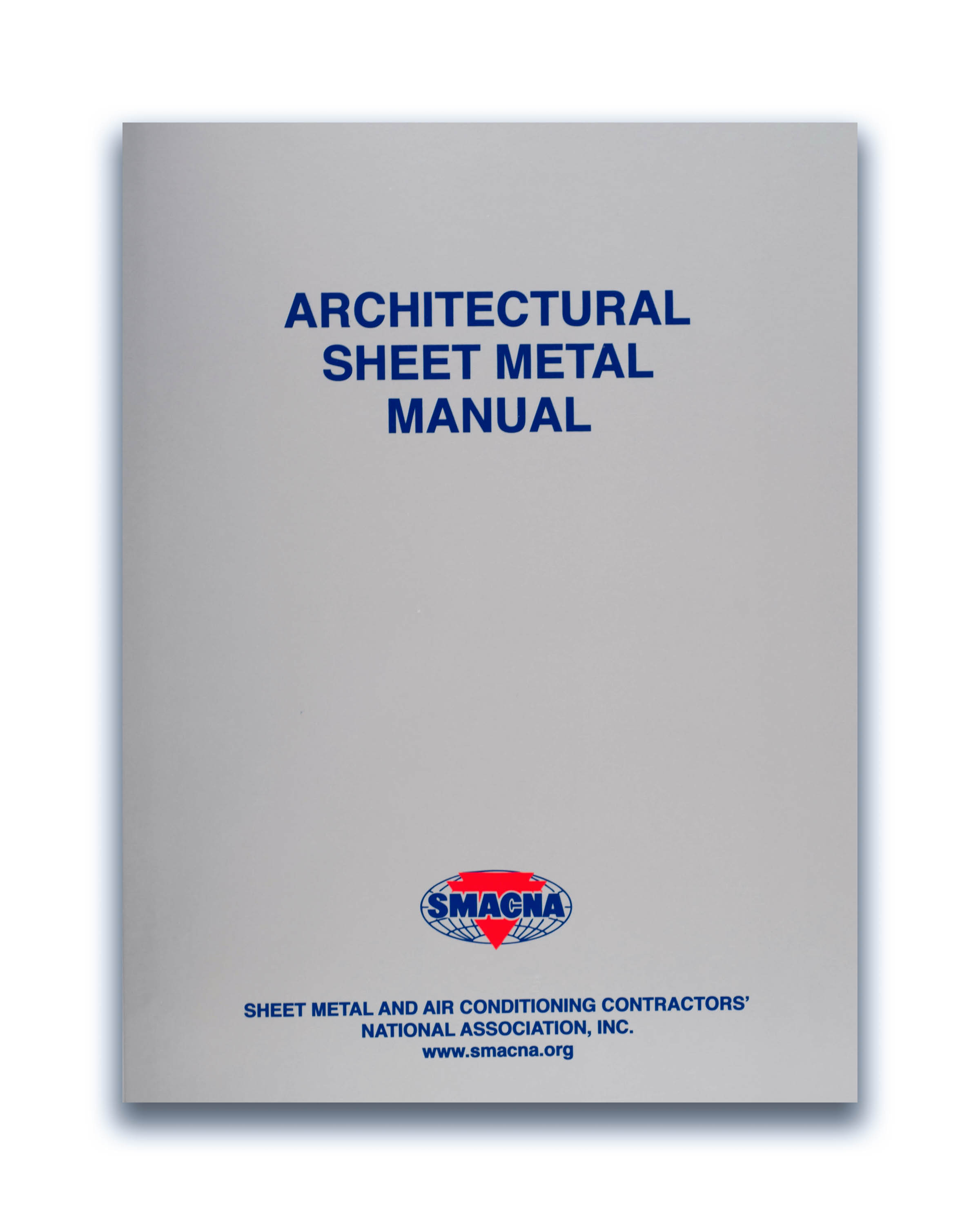Of the estimated 4 million tourists who visit St. Louis’ famous Gateway Arch each year, many probably don’t notice the 180-year-old church that sits in the landmark’s shadow.
But for residents of the region, the Basilica of St. Louis, King of France — known as the “Old Cathedral” to locals — is a treasure.
Built between 1831 and 1834, it was the first cathedral erected west of the Mississippi River and was the only structure spared when city officials cleared the surrounding waterfront area to create a national memorial park for the arch.
Although it was kept from the wrecking ball, time and the environment had done its own damage to the limestone, sandstone, wood and other materials used to build the Greek Revival structure. Cracks allowed water to penetrate, damaging the plaster, wood flooring and much of the rest of the cathedral’s interior.
Among the most visible parts of the church needing repair was its 100-foot-high stone tower, which is topped with a copper-clad steeple and cross, which sits atop a 150-pound orb.
That’s where 60-year-old John Hyde, owner of Architectural Sheet Metal Systems Inc., came in. His company had worked on several high-profile houses of worship in the area, including St. Alphonsus Liguori “Rock” Catholic Church, which had been damaged in a 2007 lighting strike. Hyde’s company fabricated and installed custom dormers, gutters, lattice work and flashings to restore that 140-year-old building.
“That also gave us the confidence to start tackling more jobs like (it),” Hyde said. “Once you’ve done one, the next one is always easier.”
A familiar name
It may have helped that the Hyde name is a well-known one in the St. Louis region when it comes to HVAC construction and sheet metal works. For more than a hundred years, several members of the Hyde family have been involved in erecting and repairing metal throughout Missouri and neighboring states.
Cathedral has long history in cityThe website for the Basilica of St. Louis, King of France says the “Old Cathedral” is unique in the region and across the country. In addition to being a place of worship, it also houses a museum that outlines the history of the Catholic Church in St. Louis. It boasts that the church has survived public health crises, arson, shifting populations and three major wars. The church site was the only place for organized worship in St. Louis until 1816 and marks the starting point for the spread of Catholicism across the West. The block the church sits on was the heart of the city in the late 1700s and early 1800s, serving as a gathering place and leading to the founding of St. Louis University. The church grew so popular, seven Masses were celebrated each Sunday in multiple languages, although church records were only in French until the late 1830s. By the 1930s, the area surrounding the church and along the Mississippi River had become run-down, and plans called to raze most it for the Jefferson National Expansion Memorial and a surrounding 91-acre park. The church was spared, however, and it remains under the ownership of the Archdiocese of St. Louis. The church is on the National Register of Historic Places. |
John’s brother David J. Hyde runs DHA Sheet Metal and has worked a number of church restorations himself (See “Inspiration and perspiration,” November 2013 Snips, page 10). A cousin runs Hyde Sheet Metal, which traces its history back to 1906.
“We’re all a little different in some respects, but there are some jobs where we all line up and compete,” John Hyde said. “It’s a big joke in town here that to get you a job in the architectural market, first thing you have to do is beat the three Hyde companies.”
So Hyde decided to bid on the project, which was part of a multiyear, $15 million project to spruce up the historic house of worship. At the same time, a $380 million restoration of the national park that surrounds the church was also under way.
Much of the work was to take place during a harsh and windy St. Louis winter, on scaffolding almost 200 feet up in the air.
After being awarded the $130,000 contract from general contractor Musick Construction Co., the company quickly realized the job was a little more complex than it had anticipated.
“Originally, we were just supposed to take it off and reinstall it,” Hyde said of the steeple and cross. “When we started taking it off, we realized it was just too stressed.”
Rough times
According to Architectural Sheet Metal Systems President James Van Becelaere, the copper had been through more than just harsh weather during its 18 decades.
“We started to see that there were some structural issues and copper that had some bullet holes,” Van Becelaere said.
That forced the company to reassess its approach to the project. It was decided to put new copper on the cross, and patch the orb with 32-ounce copper. It would also be painted with gold leaf.
“It was just easier to redo it all,” Hyde said.
Patching the orb required the company to purchase an English wheel, a specialized device for making compound curves from flat sheets of metal.
The steeple’s dormers presented another sheet metal forming challenge. The original framing was made from Douglas fir wood, much of which had rotted. Architectural Sheet Metal Systems replaced it with 1/8-inch aluminum plate, wrapped in plywood and 30-pound felt, and put red rosin paper on top of all that. Copper designed to match the dormers was then added.
“And we came back and put in … a staggered flat-seam copper panel with some hip-roll caps on it,” Van Becelaere said. “It came out nice.”
While much of the work was done in Architectural Sheet Metal Systems’ shop about 7 miles away from the church, Hyde said he was a regular visitor to the worksite, as well as supervising the restoration activities in the sheet metal shop.
“I was down there every day, inspecting almost every piece,” he said.
Project pride
Hyde said it was exciting to work on the church.
“I can’t tell you how happy I was when Jim (Van Becelaere) landed this job,” Hyde said, “because of my family history of working in this town since 1906. It was a real honor for us — and I’m Catholic — to be down there working on a job like that.”
During its renovation work, Architectural Sheet Metal Systems employees noticed that the workers who had installed the orb and cross in 1834 had inscribed their names inside the structure. Hyde and the other employees were eager to also leave their marks in the sphere, and signed their names inside it.
“We’re expecting it to be around for quite a while,” Van Becelaere said, adding that he expects the work to last for a hundred years.
That’s what made the project so special, Hyde said.
“There’s not that many jobs like this that come along,” Hyde said. “A gutter job just bores me to hell… but this thing comes along and it just oozes coolness.”
For reprints of this article, contact Renee Schuett at (248) 786-1661 or email schuettr@bnpmedia.com.
















